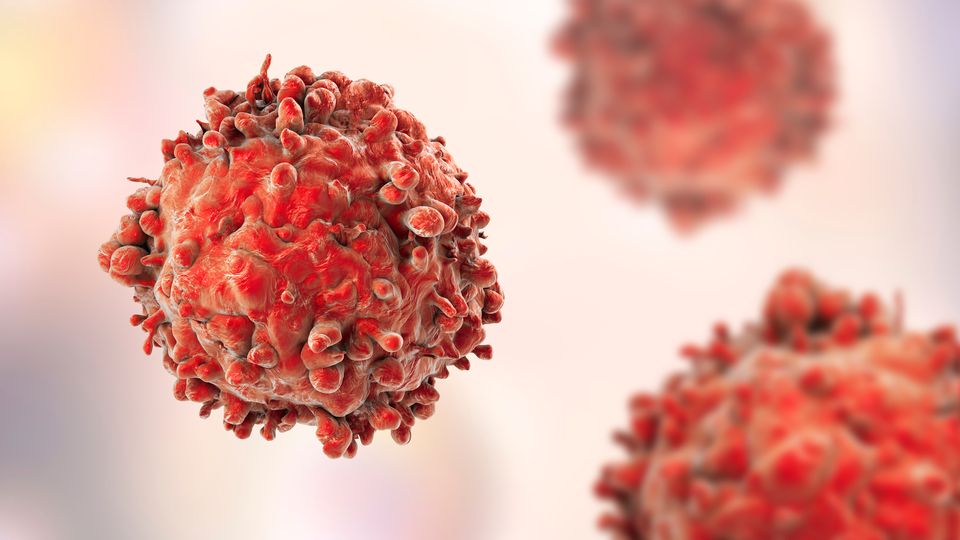
Chinese Scientists Uncover Potential Weapon Against Pancreatic Cancer
Pancreatic cancer, a notoriously aggressive and difficult-to-treat disease, casts a long shadow. However, a recent discovery by Chinese scientists offers a glimmer of hope for patients. Their research has shed light on a potential mechanism that could significantly improve survival rates.
The Silent Killer: Understanding Pancreatic Cancer
Pancreatic cancer develops in the pancreas, a gland located behind the stomach that plays a crucial role in digestion and blood sugar control. Due to its unassuming location and often vague symptoms, the disease often goes undetected until later stages, making treatment challenging. By the time it’s diagnosed, the cancer has frequently spread to other organs, significantly reducing the chances of successful treatment.
A New Frontier: lncRNA and the Fight for Survival
The Chinese research team, led by scientists from the First Affiliated Hospital of Harbin Medical University, focused on a relatively new area of investigation: long non-coding RNAs (lncRNAs). These molecules, once considered “junk DNA,” are now recognized as crucial players in regulating various cellular processes, including those involved in cancer development.
The researchers compared tumor tissues from pancreatic cancer patients with varying survival rates. They identified a specific lncRNA, named lnc-FSD2-31:1, which was significantly elevated in patients who lived longer after diagnosis. This finding suggests that lnc-FSD2-31:1 might play a role in suppressing the growth and spread of pancreatic cancer cells.
Beyond the Initial Discovery: Digging Deeper
The research team didn’t stop at identifying the lncRNA. They delved deeper to understand how it functions. They discovered that lnc-FSD2-31:1 specifically targets a group of cells within the tumor microenvironment known as cancer-associated fibroblasts (CAFs). These CAFs, while not cancerous themselves, play a villainous role by supporting the growth and invasiveness of cancer cells.
The research suggests that lnc-FSD2-31:1 can suppress the activation of CAFs, essentially hindering their ability to fuel the cancer’s progression. This is a significant breakthrough, as targeting the tumor microenvironment offers a promising new avenue for cancer treatment.
A Cause for Optimism, but Not a Finish Line
This discovery by Chinese scientists is undoubtedly a cause for celebration. It offers a potential target for therapeutic intervention and a ray of hope for pancreatic cancer patients. However, it’s important to remember that this is a preliminary finding. Further research, including clinical trials, is necessary to validate the effectiveness of targeting lnc-FSD2-31:1 and translate this discovery into a tangible treatment option.
The Road Ahead: The Future of Pancreatic Cancer Treatment
The fight against pancreatic cancer continues. This research paves the way for the development of new therapies that target the lncRNA or the interaction between cancer cells and CAFs. Additionally, it highlights the importance of exploring the potential of lncRNAs in other cancers, opening doors to a new era of personalized medicine.
While the journey towards a cure for pancreatic cancer remains ongoing, this discovery serves as a significant milestone. It signifies the tireless efforts of researchers worldwide who are dedicated to finding effective solutions for this devastating disease. With continued research and collaboration, the hope is that pancreatic cancer will no longer be a silent killer, but a disease that can be effectively managed and even overcome.






